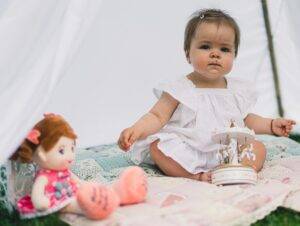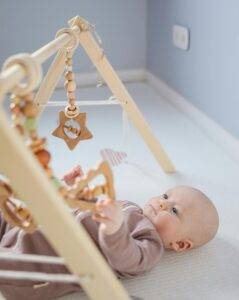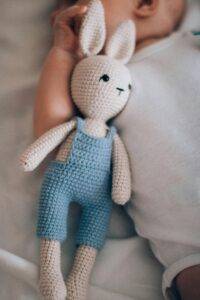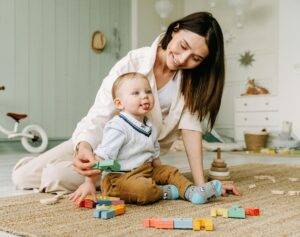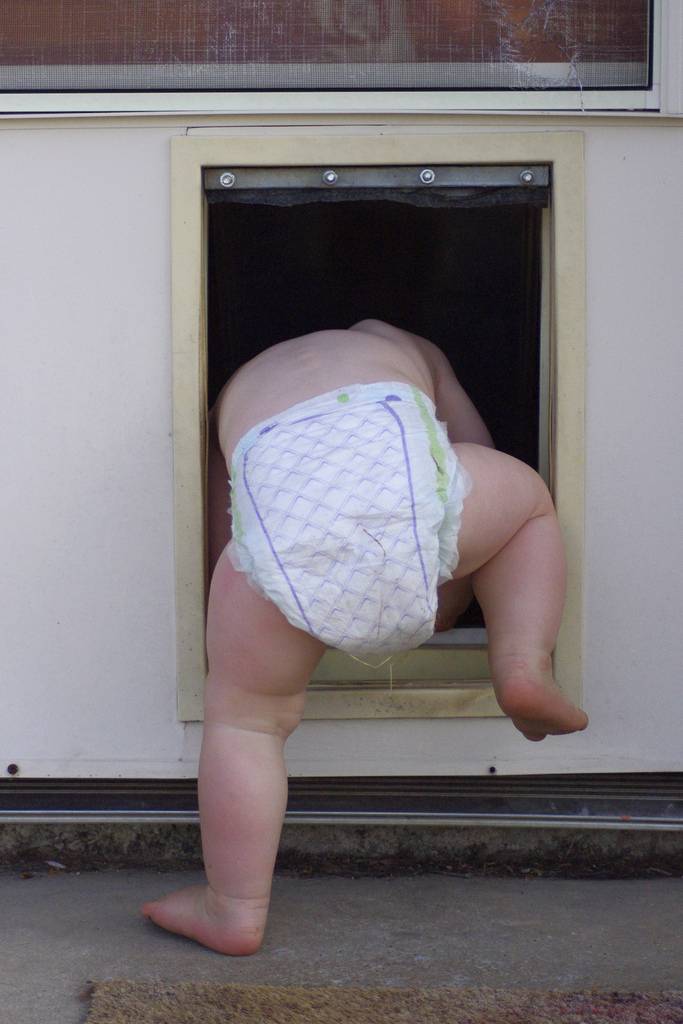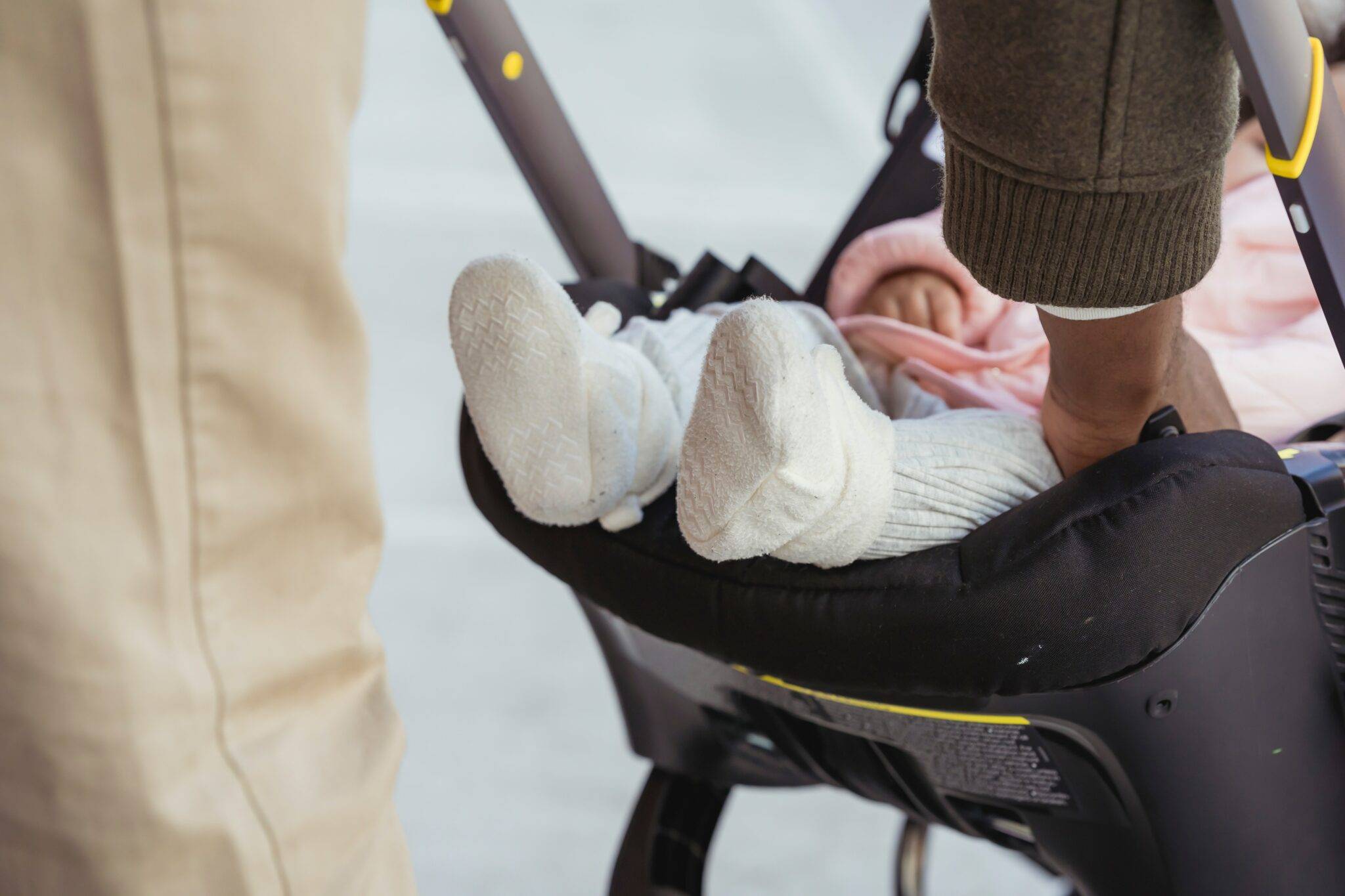Welcoming a newborn into your life is a profound experience filled with joy, wonder, and responsibility. As new parents, your baby’s well-being and development are paramount, guiding every decision you make. Among these decisions is the choice of toys, which may seem simple at first glance but play a vital role in your baby’s early development.
This guide will delve into the importance of selecting the right toys for newborns, explore how these toys contribute to their growth, and provide recommendations to help you make the best choices for your little one.
Newborn Development: The Foundation of Play
To understand why certain toys benefit newborns, we need to know their developmental stages during the first few months of life. Newborns, though tiny and fragile, are rapidly developing in numerous ways. Their sensory perceptions, motor skills, and cognitive abilities lay the groundwork for future learning and growth.
Sensory Development
Newborns rely heavily on their senses to interpret the world around them. However, their vision, for instance, isn’t fully developed at birth. They only see objects 8-12 inches away and are more attuned to high-contrast colors, particularly black, white, and red.
This limited visual range means that toys need to be designed with these developmental constraints, featuring bold patterns and contrasting colors that are easy for them to discern. In addition, their sense of hearing is fully functional at birth. Newborns recognize their parents’ voices and are naturally drawn to soothing sounds.
Toys that produce gentle sounds stimulate their auditory senses to comfort them.
Motor Skills Development
Newborn motor skills are primarily reflexive during the first few months. For example, the grasp reflex allows them to hold an object in their hand. As they grow, these reflexes give way to voluntary movements.
Toys that encourage reaching, grabbing, and exploring with their hands support the development of fine motor skills and hand-eye coordination.
Cognitive Development
Newborns absorb information from their surroundings, even if it may not seem like it. Their brains are working to make sense of patterns, shapes, and sounds, laying the foundation for cognitive skills like problem-solving and memory. The right toys enhance this early cognitive development by encouraging exploration and curiosity.
The Role of Toys in Newborn Development
Now that we understand a newborn’s developmental stage, we can better appreciate toys to support their growth. Toys aren’t just objects for entertainment; they’re tools that stimulate a baby’s senses, encourage physical activity, and foster cognitive skills. Let’s explore these roles in more detail.
Sensory Stimulation
Newborns are naturally curious about their environment, and toys designed with sensory stimulation are beneficial. High-contrast toys, for example, engage a baby’s developing vision, making it easier to focus and track objects.
Similarly, toys with different textures, like soft plush animals or crinkly fabric, provide tactile stimulation that encourages babies to explore with their hands.
Physical Development
Toys for physical activity are crucial for a newborn’s muscles and motor skills. For example, activity mats with hanging toys encourage babies to reach out and grab, strengthening arm muscles and improving hand-eye coordination.
Babies grow, kick, roll, and eventually crawl, and toys that motivate these movements are essential for their physical development.
Cognitive Development
Cognitive development in newborns is about learning through interaction and exploration. Toys that offer cause-and-effect learning, such as rattles that make noise when shaken or light up when touched, help babies understand that their actions have consequences.
These early experiences with cause and effect are foundational for cognitive skills, including problem-solving and logical thinking.
Toys for Newborns: Key Features to Look For
When choosing toys for newborns, there are key features that parents should keep in mind. These features ensure toys are safe and appropriate for your baby’s developmental stage and contribute positively to their growth.
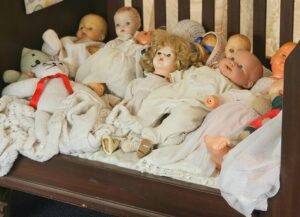
Safety: Safety is, without a doubt, the most important consideration when selecting toys for newborns. Babies explore the world primarily through their mouths, so any toy should be free of small parts that pose a choking hazard. Toys should also be made from non-toxic materials, free from harmful chemicals like BPA, phthalates, and lead.
Softness: Newborns have delicate skin, so choose toys that are soft and gentle. Plush toys made from hypoallergenic materials are excellent as they provide comfort and safety. Soft toys are also easy for babies to hold and cuddle, making them perfect companions for naptime or bedtime.
High Contrast: Newborns are drawn to high-contrast colors, especially black and white. Toys that feature bold patterns in these colors stimulate a baby’s developing vision and encourage them to focus on and track objects. High-contrast toys are effective during the first few months when a baby’s eyesight is still developing.
Simple Designs: Toys with bells and whistles are tempting and attractive, but newborns respond better to simple designs. Toys that are easy to grasp, with simple shapes and patterns, are likely to engage a newborn’s attention. Overly complex toys are overwhelming and don’t stimulate the senses that newborns need.
Multi-Sensory Stimulation: Toys that engage multiple senses are beneficial for newborns. For example, a toy that makes a gentle noise when shaken has a soft texture and features high-contrast colors, providing a wealth of sensory experiences that help support a baby’s development. Multi-sensory toys encourage exploration and help babies develop skills simultaneously.
Pediatrician-Recommended Toys for Newborns
With so many options, choosing the right toys for your newborn feels overwhelming. To help you make the best choices, here are some top toy recommendations that are best for newborns and support their developmental needs.
1. Soft Rattles
Soft rattles are a classic toy for newborns and for good reason. They are easy for little hands to grasp and provide hours of entertainment as babies discover the sound they can create by shaking the rattle. Soft rattles are also lightweight and safe for babies to explore with their mouths. Look for rattles with a gentle sound and varied textures to provide additional sensory stimulation.
2. Black and White Books
Books are an excellent way to engage with your newborn, even in the earliest weeks of life. Black-and-white books, in particular, are designed to capture a newborn’s attention with high-contrast images that are easy for them to see. These books often feature simple shapes and patterns, which can help stimulate visual development. Reading to your baby is also a wonderful way to bond with them and introduce them to the rhythm and melody of language.
3. Activity Mats
Activity mats, also known as play gyms, are versatile and essential toys for newborns. These mats provide a safe and comfortable space for your baby to play, explore, and practice tummy time, which is important for strengthening their neck and shoulder muscles. Many activity mats come with hanging toys that encourage babies to reach out and grab, helping develop hand-eye coordination. Some mats also feature mirrors, crinkly textures, and other sensory elements that can keep your baby engaged and entertained.
4. Soft Plush Toys
A soft plush toy can be a comforting and reassuring companion for your newborn. Choose a plush toy small enough for your baby to hold and cuddle. Some plush toys also come with built-in rattles or crinkly sounds, providing additional sensory stimulation. When selecting a plush toy, look for one made from hypoallergenic materials and is machine washable for easy cleaning.
5. Crib Mobiles
A crib mobile is not just a decorative item; it can also be an excellent tool for stimulating your baby’s senses. Mobiles with high-contrast colors or patterns can capture a newborn’s attention and encourage visual tracking as they watch the toys move. Some mobiles also play soft music or emit gentle lights, which can help soothe your baby to sleep. When choosing a crib mobile, ensure that it is securely attached and placed at a safe distance from your baby to prevent any potential hazards.
6. Tummy Time Rollers
Tummy time is a crucial activity for newborns as it helps strengthen their neck, shoulder, and back muscles, preparing them for milestones like rolling over, sitting up, and crawling. Tummy time rollers are specially designed to make this activity more engaging and enjoyable for babies. These rollers are often soft and feature bright colors, textures, and sounds that encourage babies to lift their heads and push up with their arms. Incorporating a tummy time roller into your baby’s routine can make this important exercise more fun and beneficial.
7. Musical Toys
While loud noises are overwhelming for newborns, soft musical toys can be soothing and beneficial. Toys that play gentle lullabies or calming sounds can help create a peaceful environment for your baby, especially during naptime or bedtime. Musical toys can also introduce your baby to different sounds and rhythms, which stimulate their developing auditory senses. Look for toys with adjustable volume controls and play a variety of sounds or melodies.
8. Teething Toys
As your baby grows, they will eventually start teething, which can be uncomfortable and even painful. Teething toys relieve sore gums and are safe for babies to chew on. While newborns won’t need teething toys immediately, have them on hand as your baby approaches the 4-6 month mark. Look for teething toys made from non-toxic materials that are easy for little hands to hold.
Toys for Newborns: Safety Considerations
It’s crucial to prioritize safety when choosing toys for newborns. Here are some key safety considerations to keep in mind:
- Age Appropriateness: Check the manufacturer’s recommended age range for any toy you’re considering. This information is printed on the packaging to ensure the toy fits your baby’s developmental stage. Toys for older children may contain small parts or other features that could be dangerous for newborns.
- Choking Hazards: Choking is one of the most significant safety concerns for toys for newborns. To minimize this risk, avoid toys with small parts that come loose and pose a choking hazard. Also, be cautious of toys with detachable pieces, buttons, or beads that break off and are swallowed.
- Toxic Materials: Choose toys made from non-toxic materials, especially since babies put toys in their mouths. Look for toys free from harmful chemicals like BPA, phthalates, and lead. Many manufacturers now produce toys labeled as “organic” or “eco-friendly,” which are good options for parents keen on exposure to toxins.
- Durability and Maintenance: Newborn toys should be durable enough to withstand regular use and cleaning. Soft toys, in particular, should be machine washable, as they easily become soiled with drool, spit-up, or other messes. Regularly inspect and replace toys for wear and tear, such as loose stitching or damaged parts.
- Avoid Loud Sounds: While musical toys are soothing, avoid toys that produce loud or harsh noises. Newborns have sensitive hearing, and exposure to loud sounds can startle or even damage their developing ears. If you choose a toy that plays music or sounds, it should have adjustable volume controls to keep the sound low
- Proper Supervision: Even with the safest toys, supervise your baby during playtime. Newborns are learning to interact with their environment, and supervision ensures they use toys safely. Be present during playtime to engage with your baby, offer guidance, and intervene if necessary.
Nurture Your Newborn’s Development Through Play
Choosing the right toys for your newborn is more than just providing entertainment; it’s about supporting their development in a safe and nurturing environment. By selecting toys designed with your baby’s sensory, motor, and cognitive development in mind, you lay the foundation for a lifetime of learning and growth.
The most important aspect of playtime is your time spent interacting with your baby. Whether reading a book together, shaking a rattle, or simply talking to your little one, your presence and engagement are the keys to their happiness and well-being.
As you embark on this journey of parenthood, trust in your instincts, and cherish the moments of play. Give your baby the best possible start.
If you wish to know more about playtime and toys for newborns, check out these articles:

